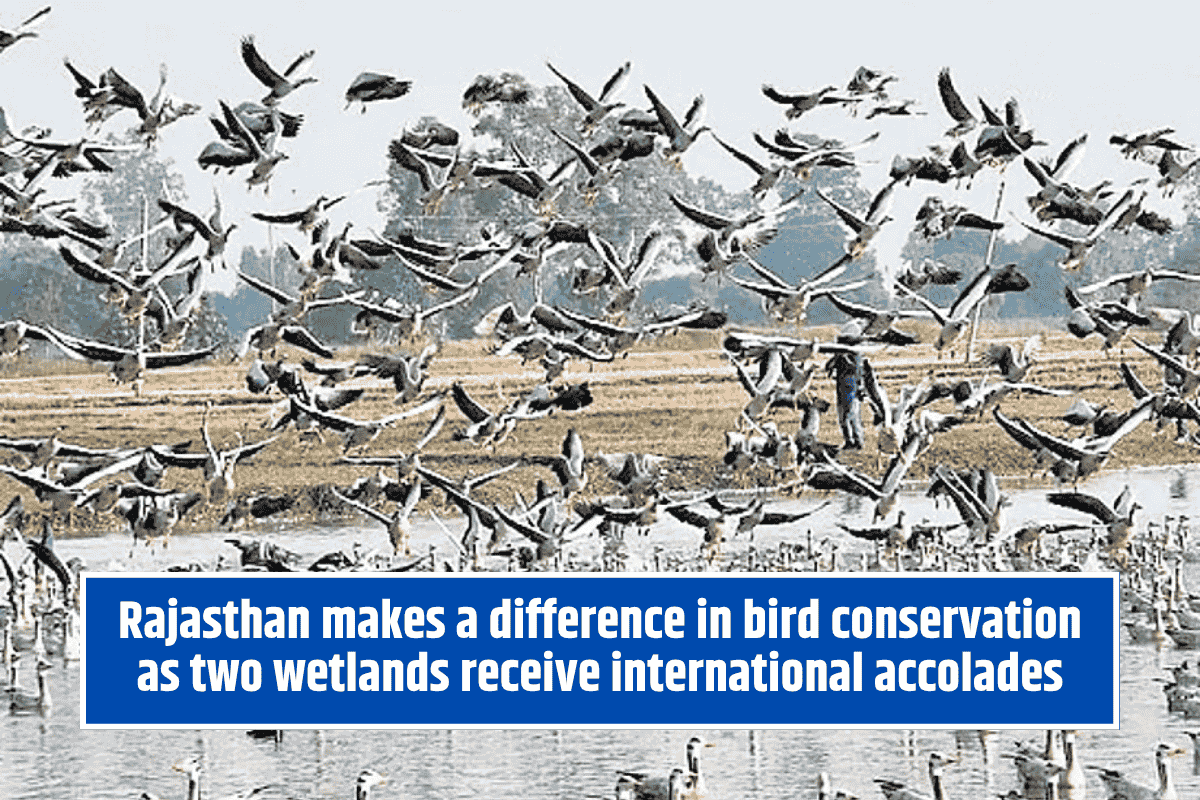When we think of big birds, ostriches and emus often come to mind. These flightless giants are, indeed, the largest birds on Earth by size and weight. But did you know some flying birds also grow impressively large?
Though being too big can make flying difficult, certain bird species have evolved to master the skies despite their size. In this article, we’ll explore the biggest flying birds based on three main factors: wingspan, weight, and height.
Why Do Bigger Birds Struggle to Fly?
Larger birds often face a challenge with flight because extra weight makes it harder to stay airborne. That’s why birds like ostriches, which can grow up to 9 feet tall and weigh over 150 kg, have given up flying altogether. Instead, they use their size and speed for survival on land.
In contrast, the biggest flying birds have developed long wingspans and specific flying techniques like soaring and gliding to conserve energy and stay aloft for hours.
Birds with the Largest Wingspans
1. Wandering Albatross – The True King of Wingspan
- Wingspan: Up to 12 feet (3.66 meters)
- Habitat: Southern Ocean
- Fun Fact: Known for covering thousands of miles without landing, the wandering albatross can glide over the ocean for days using wind currents.
2. Andean Condor – The Mountain Soarer
- Wingspan: Up to 10.5 feet (3.20 meters)
- Habitat: Andes Mountains, South America
- Fun Fact: A scavenger bird that rides thermal air currents, enabling it to fly for hours without flapping its wings.
3. Royal Albatross – The Ocean Voyager
- Wingspan: Up to 10 feet (3.05 meters)
- Habitat: Southern Ocean around New Zealand
- Fun Fact: These seabirds are experts at long-distance travel and can stay at sea for months before returning to land.
4. Dalmatian Pelican – Europe’s Gentle Giant
- Wingspan: Up to 9.5 feet (2.90 meters)
- Habitat: Wetlands of Europe and Asia
- Fun Fact: Apart from flying, these pelicans are skilled swimmers and use their large beaks to scoop up fish.
5. Great White Pelican – The Graceful Glider
- Wingspan: Up to 9 feet (2.74 meters)
- Habitat: Africa, Southeast Europe, and Asia
- Fun Fact: These birds can travel hundreds of kilometers in search of food and are often seen flying in V-shaped formations.
6. Marabou Stork – Africa’s Winged Scavenger
- Wingspan: Up to 8.9 feet (2.71 meters)
- Habitat: Sub-Saharan Africa
- Fun Fact: Known for feeding on carrion, it often shares meals with vultures and plays an important role in the ecosystem.
7. Siberian Crane – The Endangered Elegance
- Wingspan: Up to 8.5 feet (2.59 meters)
- Habitat: Russia, China, and Iran
- Fun Fact: With its striking white feathers, the Siberian crane is one of the most endangered bird species, with conservation efforts in place to protect its population.
While flightless birds like ostriches dominate the land with their size, flying birds have evolved differently to conquer the skies. Their incredible wingspans help them travel vast distances, soar effortlessly, and adapt to various environments.
These giants of the air remind us of nature’s impressive ability to balance size, survival, and beauty. Whether it’s the wandering albatross gliding over endless oceans or the Andean condor soaring above mountain peaks, these birds are true masters of flight.
FAQ’s
Which bird has the largest wingspan?
The wandering albatross has the largest wingspan of any bird, stretching up to 12 feet (3.66 meters). This allows it to glide effortlessly over vast oceans for days without landing.
Why do some large birds become flightless?
Large birds like ostriches and emus have evolved to become flightless because their body size makes flying inefficient. Instead, they rely on speed, strength, and powerful legs for defense and movement.
Are any large flying birds endangered?
Yes, some large birds like the Siberian crane are endangered due to habitat loss and human activity. Conservation efforts are ongoing to protect these species.
How do large birds stay in the air for so long?
Large birds such as albatrosses and condors use thermal currents and wind patterns to glide effortlessly. This technique conserves energy by reducing the need for constant flapping.











